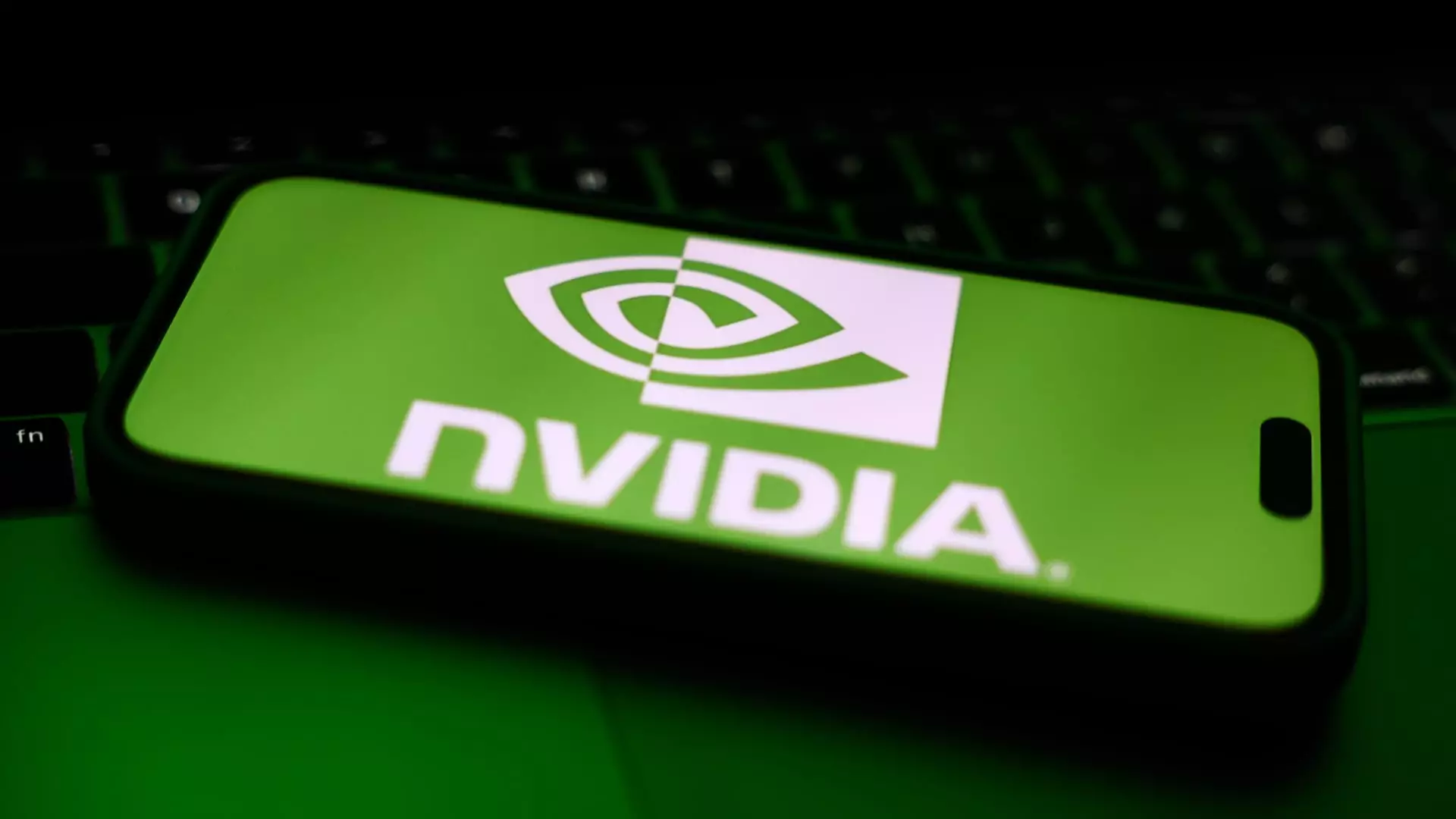In the turbulent waters of U.S.-China relations, Nvidia finds itself at a crossroads, particularly troubling for a company once at the pinnacle of the global graphics processing market. The announcement of a new artificial intelligence (AI) chipset specifically tailored for the Chinese market is both a strategic maneuver and a necessary adaptation in response to crippling export restrictions. Priced significantly lower than the recently banned H20 model, this new chipset provides a stark reminder of the tech industry’s complex interplay with political tensions and the potential economic fallout.
As it stands, the upcoming AI chipset, believed to be part of Nvidia’s Blackwell architecture and expected to launch with a price tag of between $6,500 and $8,000, symbolizes both opportunity and compromise. While the lower price is undoubtedly attractive, it also hints at the chipset’s limitations—both in capability and in manufacturing complexity. It’s as if Nvidia is walking a tightrope: balancing the need to cater to a lucrative market while navigating the minefield of international regulatory compliance.
Permissible but Limited Potential
The conditional approval from the U.S. government looms large over this endeavor. Nvidia’s spokesperson has already indicated that the company is beset by “limited options,” which is a clear admission of the constraints imposed by the current geopolitical climate. Indeed, the new AI chip, based on the RTX Pro 6000D, offers conventional solutions with its GDDR7 memory and does not leverage the advanced technologies that previously powered the H20. One cannot help but question: What does this mean for the future of innovation in a market that is increasingly bifurcated by national interests?
Additionally, the competitive landscape has changed drastically since the onset of export restrictions. Nvidia’s market share in China has plummeted from a dominating 95% to a mere 50%. The rise of competitors like Huawei, with its own AI chips, signals a formidable challenge. The constraints imposed by U.S. regulations create a vacuum that rivals can, and will, exploit.
The Consequence of Compliance
While Nvidia attempts to navigate the labyrinth of export regulations, it also faces internal consequences, including significant financial losses. The ban on the H20 model alone led to a staggering write-off of $5.5 billion in inventory, a figure so large it begs the question of strategic miscalculation. Had Nvidia anticipated such swift regulatory changes, could those billions have been redirected toward R&D initiatives that would bolster their competitive edge rather than tapering it?
Nvidia’s CEO Jensen Huang openly acknowledges the suffocating limitations of the current U.S. export regulations. It’s a paradox of sorts: while the government aims to stymie Chinese advancement, the very restrictions may paradoxically catalyze the rise of homegrown technology firms. As Huang warns, continued curbs could push even more Chinese customers toward Huawei—an unintended consequence that could irreparably damage Nvidia’s standing in the world’s second-largest economy.
The Future Ride of the AI Wave
Viewing this scenario through a center-left liberal lens, the implications of corporate forfeiture due to geopolitics are profound. Nvidia’s plight is emblematic of larger systemic issues: how do we balance national security with the undeniable need for technological collaboration and innovation? The future of tech firms like Nvidia hangs in the balance as they attempt to adapt to a fragmented marketplace.
With Nvidia’s dual release strategy of another Blackwell-architecture chip planned for production later in the year, it appears the company is not ready to concede defeat. Yet, skepticism lingers. Will the community of developers pivot to embrace this new hardware with its limited specifications? Or will it only serve as a temporary band-aid over a gaping wound—the outright loss of Nvidia’s former dominance?
In essence, the new Nvidia chipset for China could represent either a potential lifeline or a sign of retreat. The answer lies not only within Nvidia’s strategic decisions but also in the broader global landscape that continues to redefine the future of technology and international commerce. The stakes have never been higher, and the implications of failure or success will resonate far beyond just company balance sheets; they will carve out the contours of future tech evolution in a divided world.

